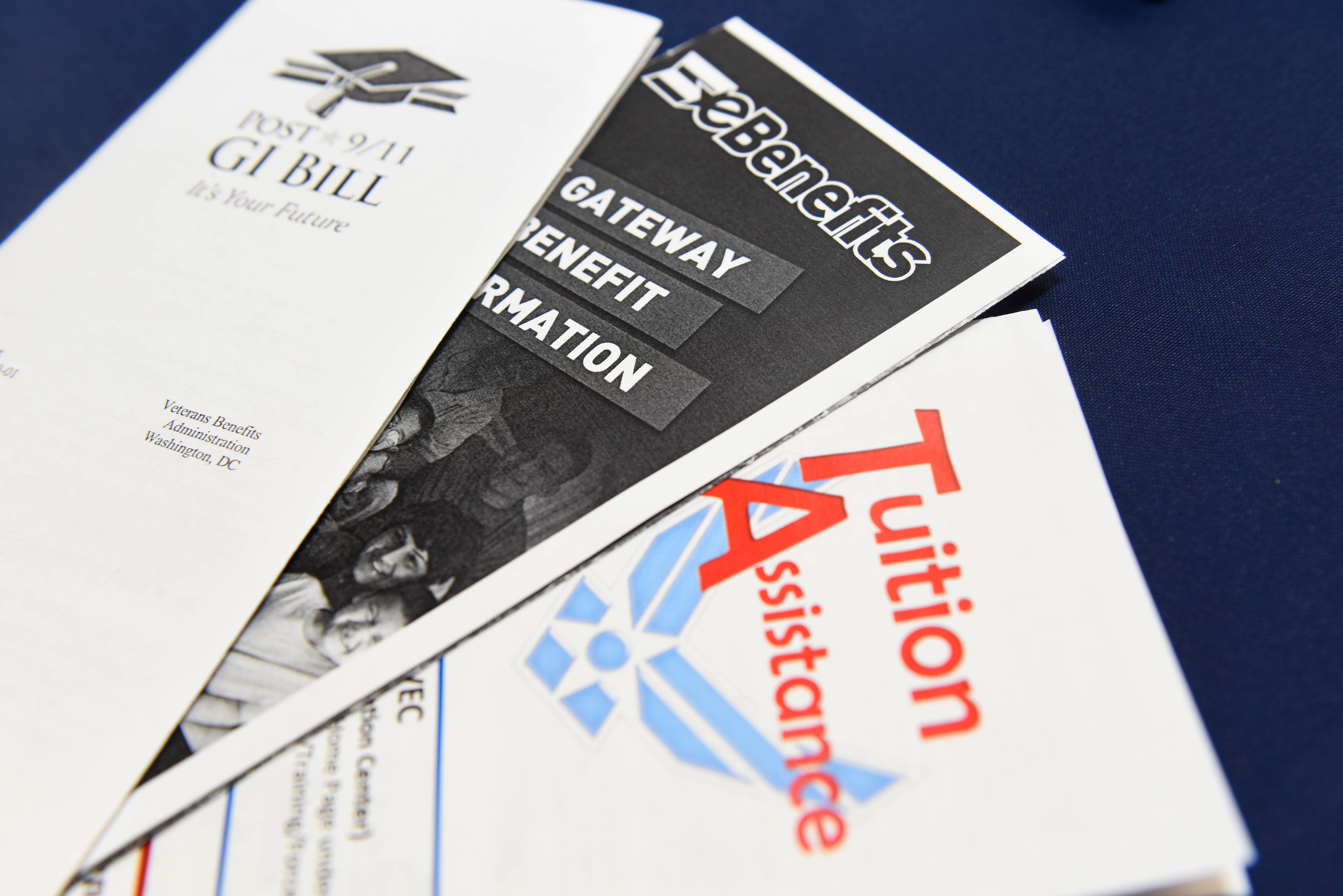Understanding your GI Bill benefits is necessary if you’re considering pursuing or continuing your education before or after you leave the military. Executing a plan to attend university or a technical or vocational training program to advance your post-service career track is directly related to how well you familiarize yourself with your benefits and eligibility.
The GI Bill itself has been revamped several times, perhaps even during your own military career. As a result, what was true five years ago may not be true today. Therefore, it’s essential to investigate what benefits you’re entitled to, the current 2022 benefit limits, and which schools are VA approved — and provide funding additional to your benefits.
History
Similar to the original G.I. Bill enacted after World War II, the current GI Bill, known as the Post-9/11 Veterans Educational Assistance Act of 2008, was created to aid veterans of war and peacetime to pay for college and educational expenses.
The act’s most notable provision states that it will fund 100% of a public four-year undergraduate education for veterans who’ve served three years of active duty after Sept. 11, 2001. The act also provides the ability for the veteran to transfer benefits to a spouse or children after serving (or agreeing to serve) 10 years.
The White House amended the bill in 2017 when it enacted the Forever GI Bill, which, in several cases, increased benefits. It also extended the timeframe in which a veteran or service member can use their benefits. In short, the previously held 15-year expiration date became a thing of the past.
In addition to this and other changes, funds were made available that cover approved licensing or certification test fees. If you qualify, you may be able to use part of your benefit entitlement to cover test fees up to $2,000 for a career that requires a vocational test or certification. Examples include licensing tests to become a CPA, pharmacist, nurse practitioner, contractor, house inspector, insurance agent, and a professional practice psychologist.
Eligibility criteria
To be eligible for 100% of Post 9/11 GI Bill benefits, you must meet at least one of these requirements:
- You served on active duty and were awarded a Purple Heart on or after Sept. 11, 2001, or
- You served on active duty for at least 30 continuous days and were discharged because of a service-connected disability, or
- You served on active duty for at least 36 months
Eligibility is based on length of service
Post-9/11 GI Bill benefit eligibility is based on how long you served on active duty and other factors. If you served on active duty for less than 36 months, you’re not eligible for the full Post-9/11 GI Bill benefit. The percentage of the full benefit you’re eligible for is based on the amount of time you served on active duty:
- Between 30 months and 36 months: 90% of the full benefit
- Between 24 months and 30 months: 80% of the full benefit
- Between 18 months and 24 months: 70% of the full benefit
- Between 6 months and 18 months: 60% of the full benefit
- Between 90 days and 6 months: 50% of the full benefit
GI Bill payment rates for 2021- 2022 academic year
According to the 2021 academic year criteria, the current yearly benefit covers tuition and fees for in-state students or a maximum of $26,042.81 for students at a private or foreign school. This maximum amount applies to individuals eligible for the full benefit or the 100% eligibility tier.
Additional benefits include a monthly housing allowance similar to BAH, money for books and supplies up to $1000 per year, and even rural benefits to compensate veterans in specific geographical locations.
Choosing a school or training program carefully
It’s important to ensure the school you chose is compatible with GI Bill requirements and to ascertain how the school evaluates your benefit contribution against their tuition and additional educational costs and fees. In addition, you should also investigate as to whether the school has a military or veteran-friendly environment, provides additional funding to veterans and active duty military, and participates in supplemental funding programs like the Yellow Ribbon Program.
The GI Bill Comparison Tool can assist you in this, and in comparing how your benefits stack up between several schools. It provides current tuition and housing costs and how far the GI Bill will stretch at each specific school. Just type the school’s name or the geographical location where you plan to enroll. A wealth of information appears to comparison shop and assist in choosing the right institution to achieve personal goals within your specific benefit budget.
The Yellow Ribbon Program
The Yellow Ribbon Program is a program worth checking out when selecting and comparing schools, and the GI Bill Comparison tool advises as to which schools participate. The program is a voluntary agreement between individual schools and the VA to split education costs not covered by the GI Bill by partially reducing or eliminating the students’ out-of-pocket expense.
The Forever GI Bill will expand eligibility for this program to active-duty service members in August, 2022. However, only veterans entitled to the maximum benefit rate (based on service requirements), or their designated transferees may receive this funding.
Your GI Bill
If you’ve already applied, received a decision, or previously been awarded a portion of your GI Bill benefits, you can find how much you have left on your GI Bill Statement of Benefits.
You can apply for the GI Bill on the VA’s website. And remember, benefits can change along with cost of living and tuition fees, a yearly check-in with the VA is the best practice to protect you and your family’s educational opportunities.




